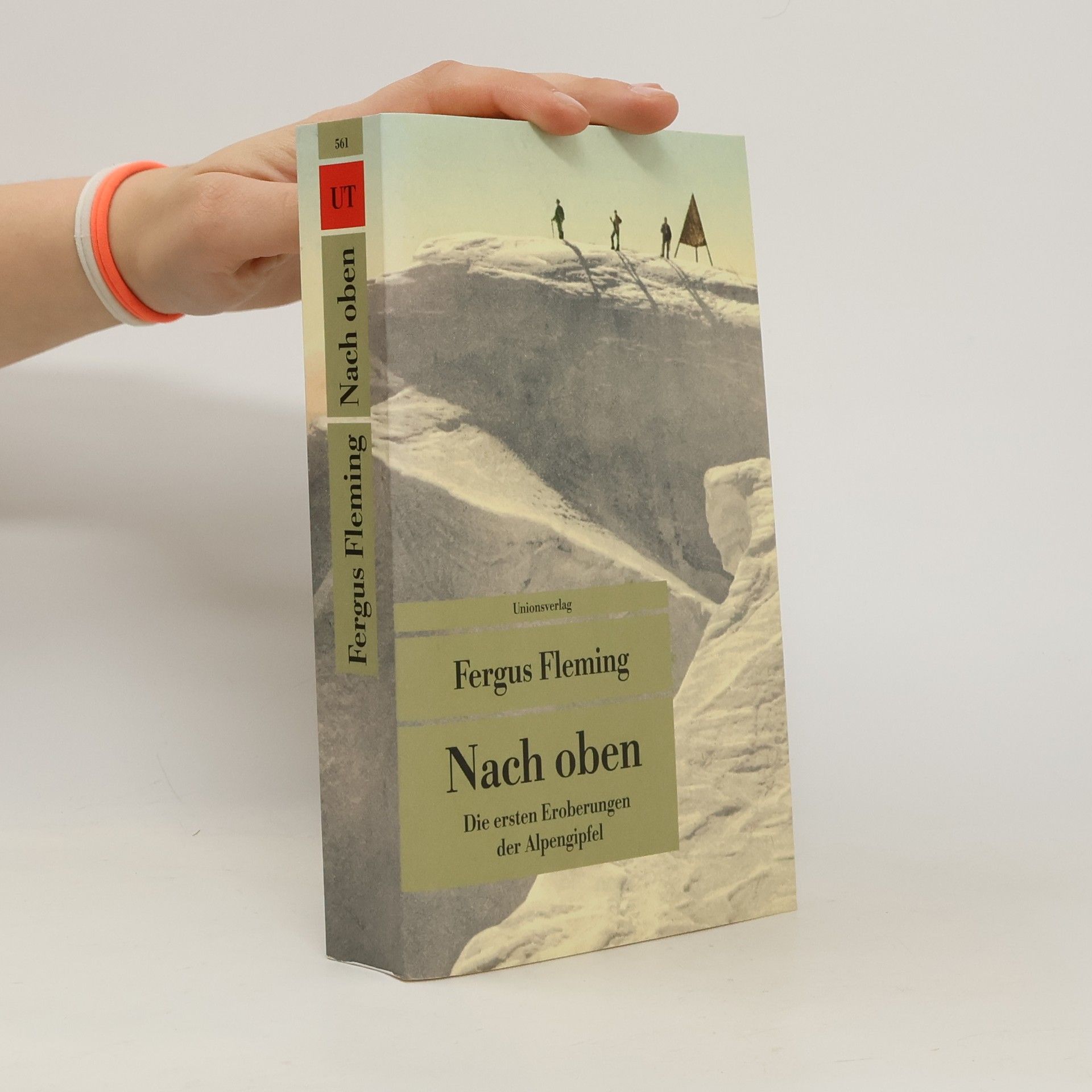Between 1816 and 1845, John Barrow launched the most ambitious programme of exploration the world had ever seen. His hand-picked teams of elite naval officers scoured the globe's empty spaces, often at odds with each other and in surreal conditions.
Fergus Fleming Books

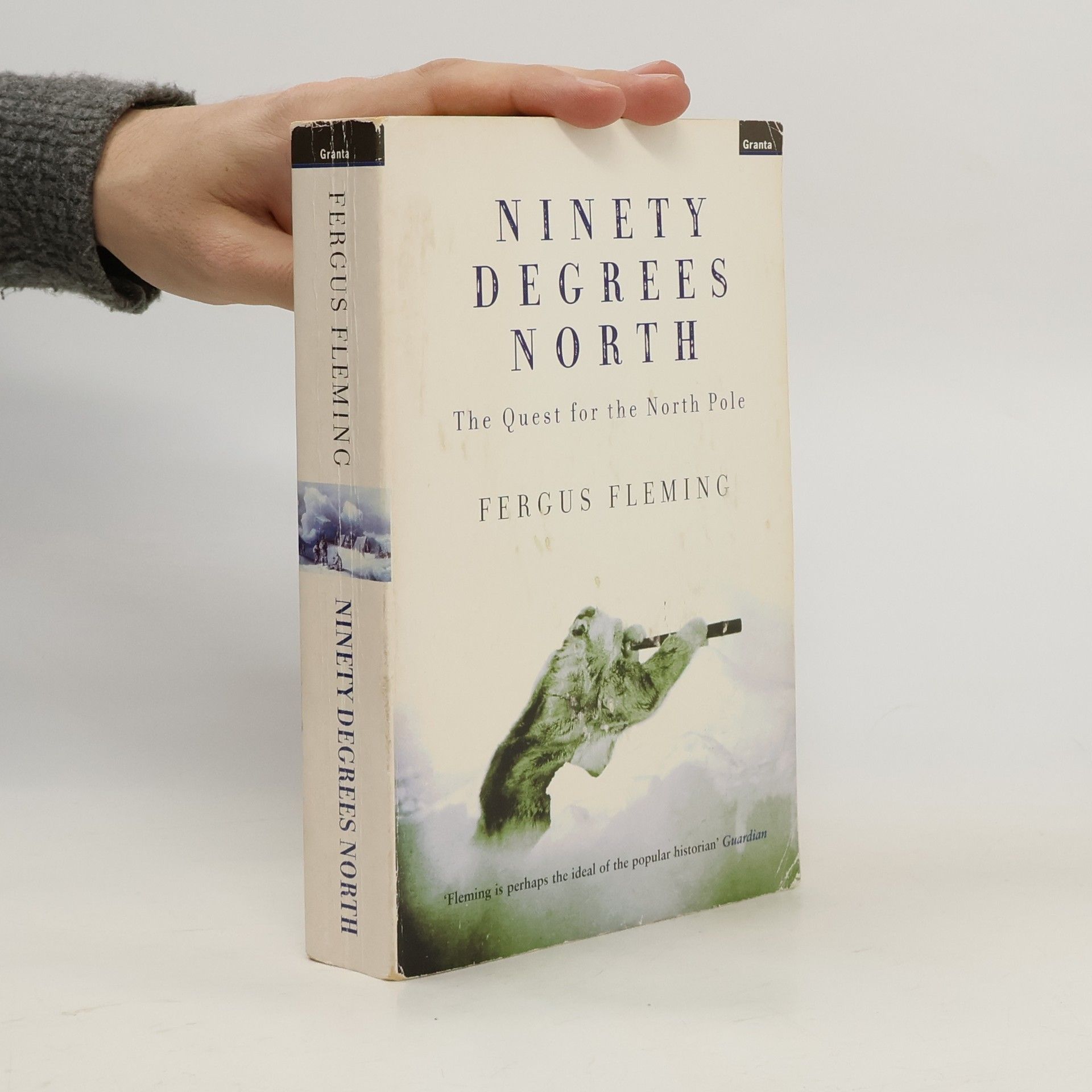
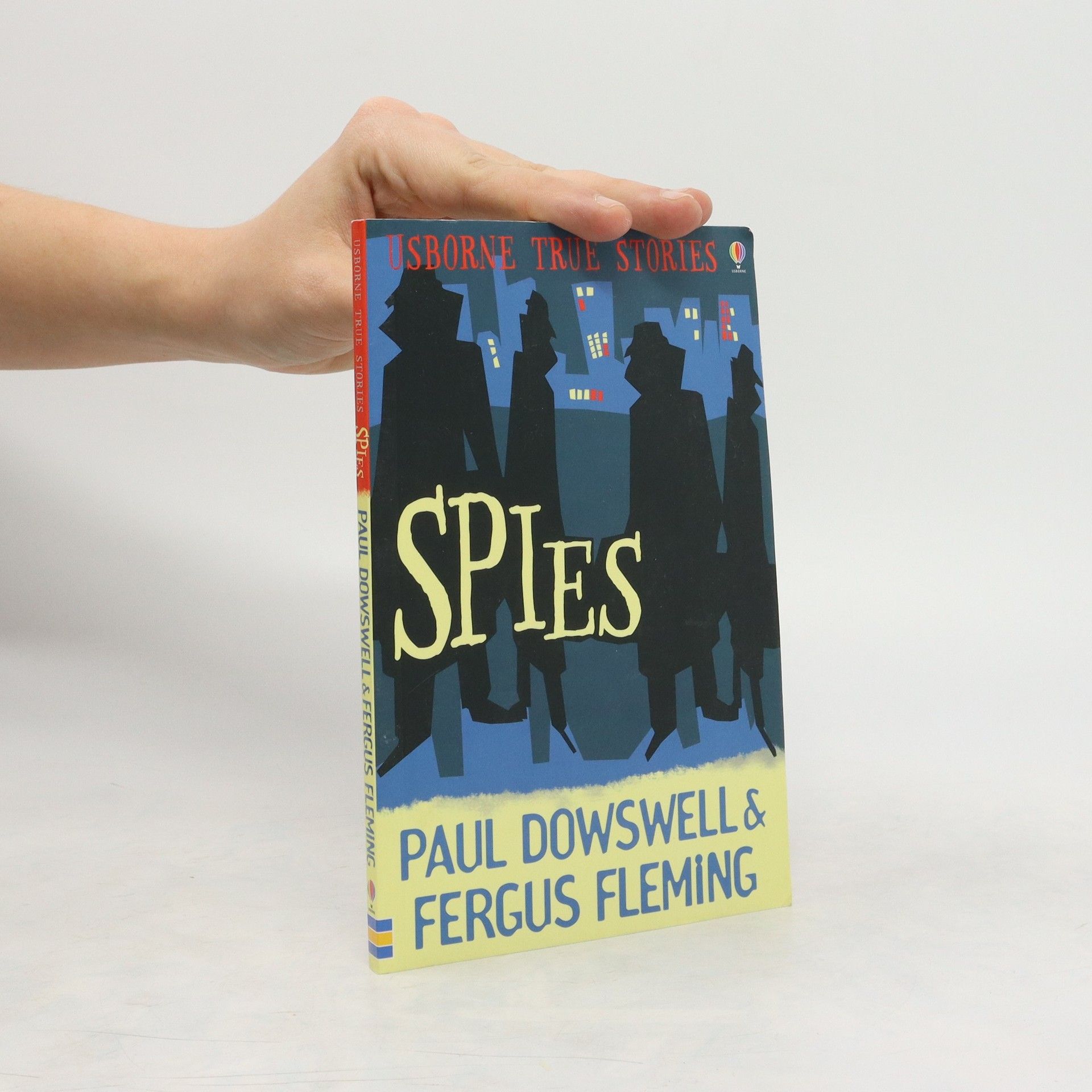
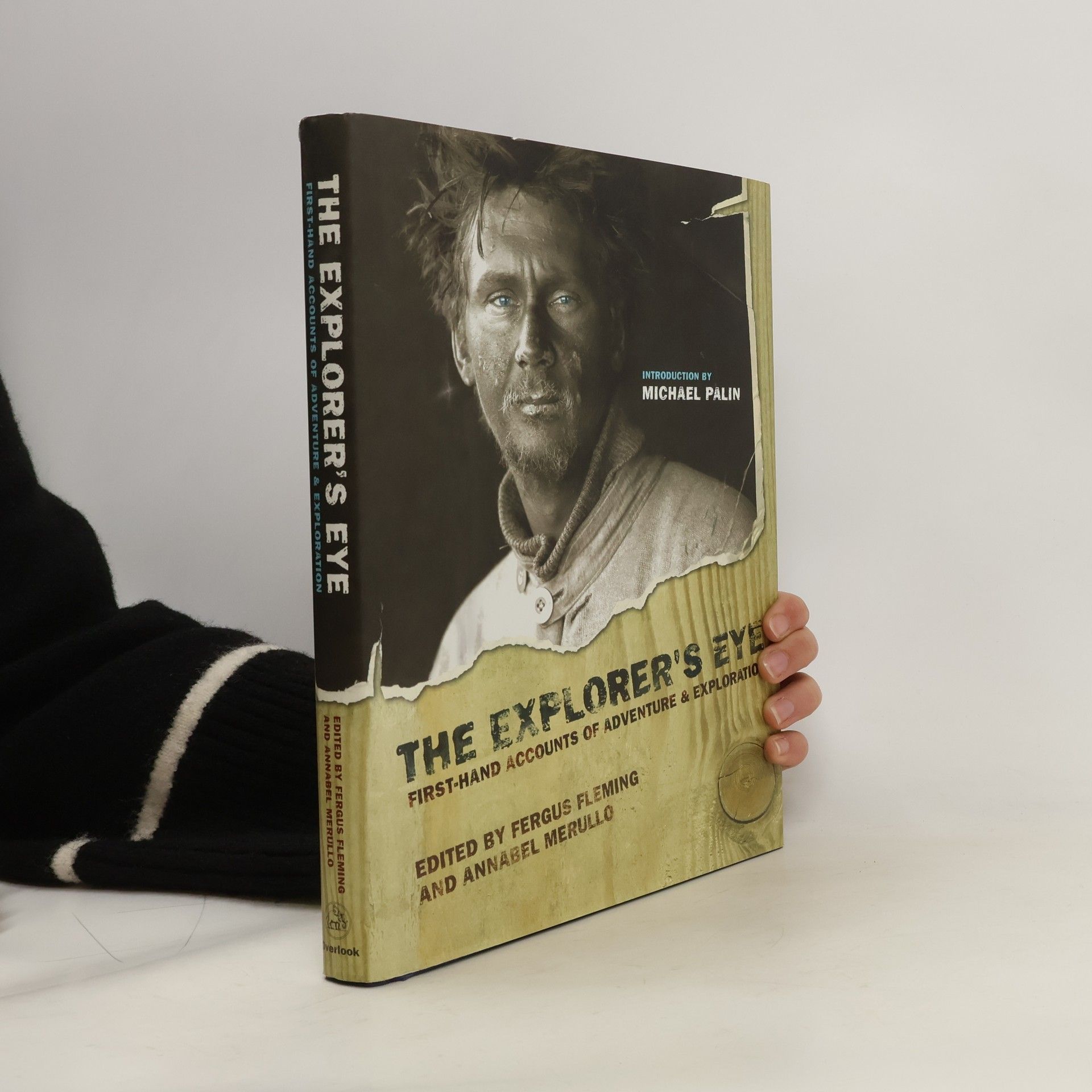


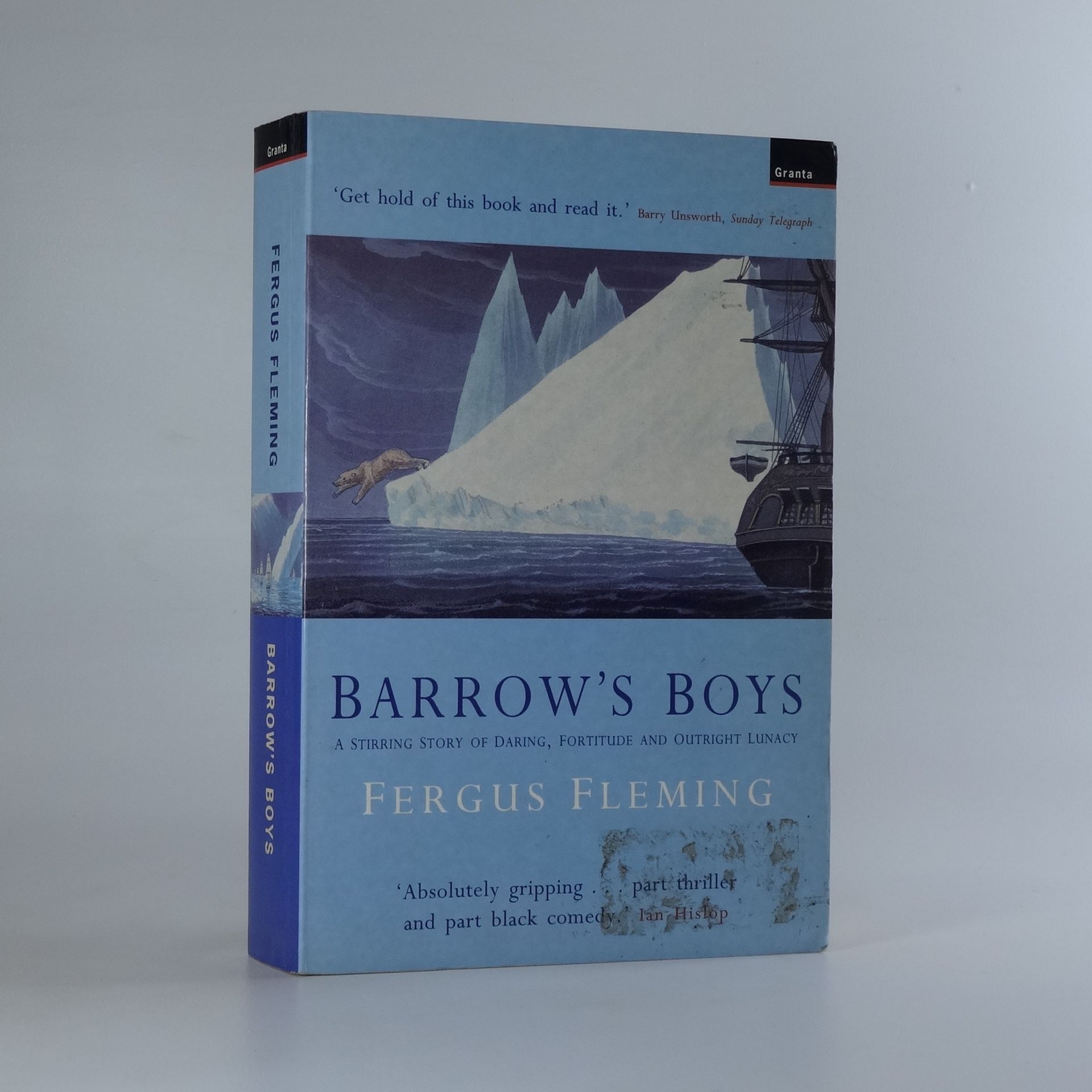
On 16 August 1952, Ian Fleming wrote to his wife, Ann, 'My love, This is only a tiny letter to try out my new typewriter and to see if it will write golden words since it is made of gold'. He had bought the gold-plated typewriter as a present to himself for finishing his first novel, Casino Royale. It marked in glamorous style the arrival of James Bond, agent 007, and the start of a career that saw Fleming become one of the world's most celebrated thriller writers. And he did write golden words. Before his death in 1964 he produced fourteen bestselling Bond books, two works of non-fiction and the famous children's story Chitty-Chitty-Bang-Bang. Fleming's output was matched by an equally energetic flow of letters. He wrote constantly, to his wife, publisher, editors, fans, friends and critics, charting 007's progress with correspondence that ranged from badgering Jonathan Cape about his quota of free copies -- a coin was tossed; Fleming lost - to apologising for having mistaken a certain brand of perfume and for equipping Bond with the wrong kind of gun. His letters also reflect his friendships with contemporaries such as Raymond Chandler, Noel Coward and Somerset Maugham. Before the world-famous films came the world-famous novels. This books tells the story of the man who wrote them and how he created spy fiction's most compelling hero.
Killing Dragons
- 400 pages
- 14 hours of reading
Killing Dragons is the story of the first British mountaineers to tackle the Alpine summits of Switzerland during the late 18th century, originally quite poorly equipped. The title of dragons refers to the legendary creatures of these parts. schovat popis
The Explorer's Eye
- 264 pages
- 10 hours of reading
An illustrated collection of first-hand accounts by key scientific explorers offers insight into how they worked and what they saw as photographed or sketched, in a volume that features the writings of such figures as Robert Peary, Jacques Cousteau, and Neil Armstrong.
'Spies' is a collection of chilling tales from the world of espionage - from the glittering domain of Mata Hari in turn of the century Paris, to the clinical Cold War professionals of Washington and Moscow.
In the mid-19th century the North Pole was a mystery. Some believed that it was an island of basalt in a warm crystal sea. Explorers who tried to penetrate the real icy wastes failed or died. But after Sir John Franklin disappeared with all his men in 1845, serious efforts began to be made to find the true Northernmost point of the globe. Fergus Fleming's book is a vivid, witty history of the disasters that ensued. The new explorers included Elisha Kane, a sickly man and useless commander, who led his team close to death in 1854, and Charles Hall, a printer from Ohio. Hall made the mistake of taking an experienced crew, who refused to commit suicide for him. Their mutiny so enraged Hall that he died of a stroke, and some of his crew escaped south on an ice-floe. They were followed by the Germans, newly united and eager for their place in the ice, the Austro-Hungarians and the British, who in 1876 managed to get further than any other expedition, travelling over terrain later explorers considered impassable. They left the field to the Norwegians, to expeditions organized by the American tabloid press, Swedish baloonists, aristocratic Italians and finally to the obsessive Robert Peary, who on one trip took his pregnant wife with him in order to set a record for the most northerly birth in history. He finally made it in 1909.
Was war der Nordpol? Ein Ozean, ein Vulkan oder einfach eine Schneewüste? Mitte des 19. Jahrhunderts entschied die Welt, das herauszufinden. Amerikanische Kapitäne und Expeditionsleiter wie Kane, Hayes und Hall überwanden Krankheiten, Schiffbruch und Hunger, um die nördliche Spitze der Erde zu erreichen. Eine der Reisen war so katastrophal, dass die Mannschaft ihren Kapitän vergiftete, um nicht weiter nach Norden zu fahren – nur um neun Monate auf einer Eisscholle festzusitzen. Auch andere Nationen folgten: Das neu geeinte Deutschland, Österreich-Ungarn und Großbritannien, dessen Schlittenfahrer 1876 weiter nach Norden vordrangen als je zuvor, bevor Skorbut sie zur Umkehr zwang. Wo Regierungen versagten, traten Einzelne hervor: Norwegische Skifahrer, schwedische Ballonfahrer, italienische Adelige und englische Amateure riskierten alles und scheiterten. Schließlich kam Robert Peary, der 1909 behauptete, den Pol erreicht zu haben – was wahrscheinlich nicht stimmte. Erst 1926 sah ein italienisch-norwegisches Team unter Roald Amundsen den Nordpol aus einem Zeppelin. Eine russische Expedition betrat ihn 22 Jahre später. Anhand unveröffentlichter Archivberichte und vergessener Tagebücher erzählt Fleming die fesselnde Geschichte der Nordpol-Entdeckung mit Witz und Meisterschaft.
Nach oben
Die ersten Eroberungen der Alpengipfel
Im 19. Jahrhundert ist fast alles auf der Welt entdeckt, erfasst und aufgezeichnet. Aber inmitten Europas erhebt sich ein Gebiet, auf dessen Gipfel noch kein Mensch vorgedrungen ist: die Eisbarriere der Alpen. Man erzählt sich, dort oben hausten Drachen und andere gefährliche Schneewesen, die ganze Dörfer mit Lawinen ausradierten, wenn man sie verärgerte oder störte. Naturforscher und Abenteurer machen sich auf den Weg. Die Briten erklären Bergsteigen zum Sport: In Crickethosen, ausgerüstet mit gebratenem Geflügel und zahlreichen Flaschen französischen Weins, begleitet von widerwilligen Einheimischen, klettern sie los. Und schon bald fürchten die Ortskundigen die Fremden mehr als die Drachen …
1816 startete John Barrow, Zweiter Sekretär der Englischen Admiralität, ein Entdeckungsprogramm, das bis heute nur vergleichbar ist mit dem der NASA-Landung auf dem Mond. Um die weißen Flecken der Weltkarte zu füllen, dirigierte Barrow seine Offiziere in aberwitzigen Expeditionen an die Enden der kartierten Welt. Viele seiner Boys gaben für diese Träume ihr Leben, wie John Franklin, der sich auf der Suche nach der Nord-West-Passage verirrte und am Ende seine Stiefel aß. Eine Expedition nach der anderen endete im Desaster, und am Ende waren es nicht mehr neue Kontinente, sondern die verschollenen Männer aus vorangegangenen Expeditionen, die zu finden Barrow’s Boys sich aufmachten.
Zwischen dem 18. und 20. Jahrhundert unternahmen Forscher viele wegweisende Expeditionen in alle Teile der Erde. Dieses Buch stellt Ihnen die 50 bedeutendsten Entdecker mit all ihren Visionen, Ängsten und Erfahrungen vor. Die persönlichen Berichte und vielen handgefertigten Skizzen lassen Sie den großen Wegbereitern des Fortschritts über die Schulter sehen.

